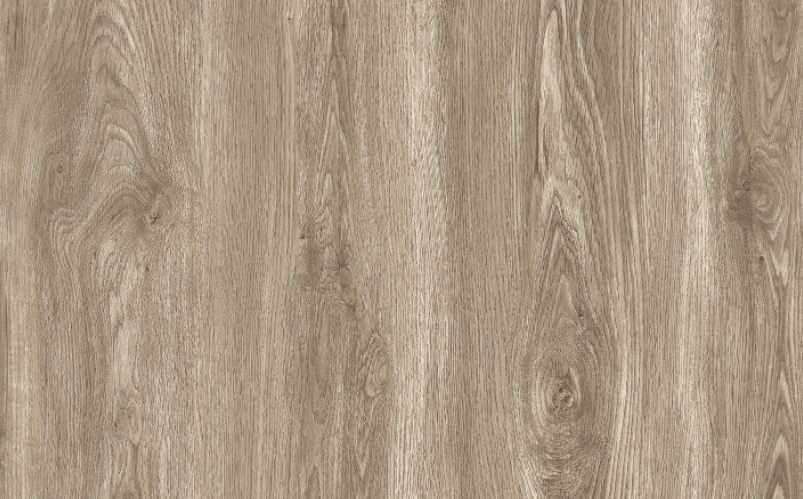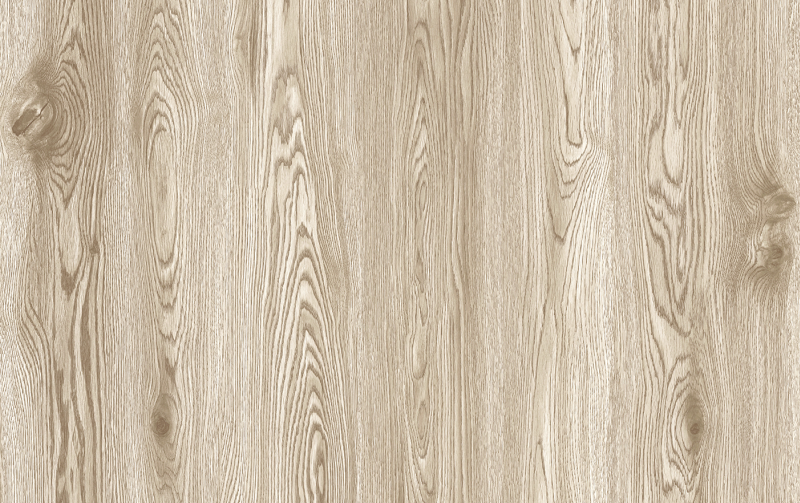Luxury Vinyl Tile (LVT) flooring has emerged as a popular choice for homeowners and businesses due to its durability, versatility, and resistance to various environmental factors. One common concern among consumers considering LVT flooring is whether it is susceptible to mold growth. Let’s explore this question and debunk the myths surrounding the potential for mold in LVT flooring.
LVT flooring is constructed in layers, typically consisting of a backing layer, core layer, printed design layer, and wear layer. The wear layer, usually made of polyurethane or similar materials, acts as a protective shield against scratches, stains, and moisture. This layer is crucial in safeguarding the flooring against water damage, a primary contributor to mold growth in many flooring materials.
- The Myth of Mold on LVT:Contrary to some misconceptions, properly installed and well-maintained LVT flooring is highly resistant to mold growth. The key factor in mold prevention with LVT lies in its inherent resistance to moisture. Unlike organic materials like wood or carpeting, which can absorb moisture and become breeding grounds for mold and mildew, LVT’s moisture-resistant properties make it highly inhospitable to mold under normal circumstances.
Factors Impacting Mold Potential:
While LVT itself is highly resistant to mold, several external factors can contribute to mold growth, indirectly affecting the flooring:



